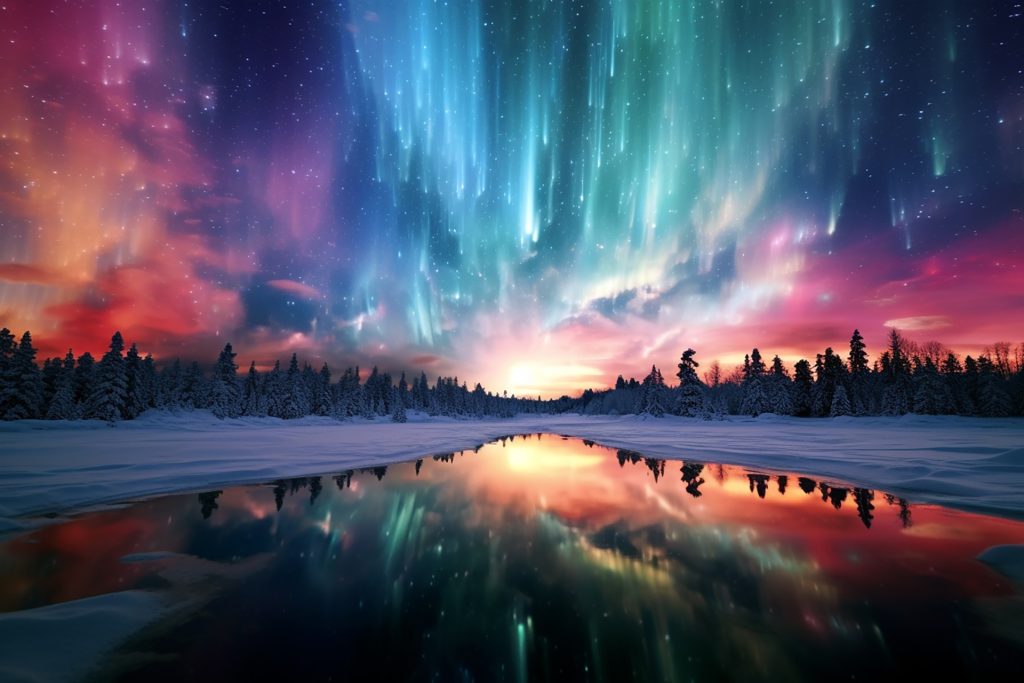
First, here’s an announcement from contributor Frank Blackbourn, who asked us to share in our publication:
I hope this message finds you well. I’m reaching out on behalf of a woman in our community who urgently needs support to avoid eviction. She is a neurodivergent artist and mother who started a small Etsy shop to support her family by selling unique items that promote acceptance for the LGBTQ+ and ADHD communities.
Right now, she faces a critical challenge. Her only means of transportation—a van she relies on for her business and income—broke down, requiring $1,700 in repairs to fix both the suspension and antilock system. Without this van, she can’t attend events, make deliveries, or earn enough income to cover mounting bills. Every day the van sits unrepaired, her financial situation worsens, bringing her closer to eviction.
The impact of this breakdown has been devastating, and she now faces the immediate threat of losing her home if she can’t get back to work soon. By supporting her GoFundMe, you’re helping her cover these essential repairs, restoring her ability to work and allowing her to keep her family safe and housed.
Her GoFundMe link is: https://gofund.me/fec95926
Now, for this month’s issue, the Thin Fabric of Time. Many cultures mark a time to remember ancestors or deceased loved ones this time of year, believing the veil between life and death was thinnest at this time. Modern physics draws on fabric as a metaphor for space and time as fundamental dimensions of the universe.
This issue’s contributors address cultural memory, family heritage, grief, life and death, and the different generations.
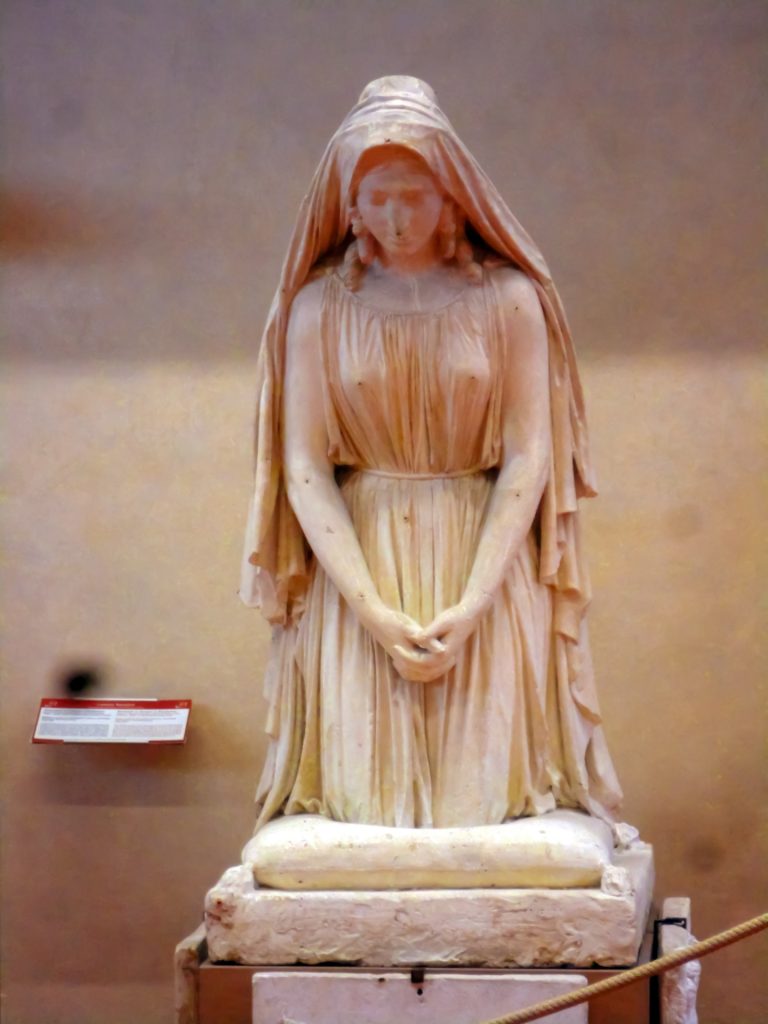
Federico Wardal describes a new museum of antique relics that will open up in Egypt.
Jeff Tobin evokes our inextricable human connection to the past and to personal and cultural memory. Terry Trowbridge recollects the strong and competent women of past Saturday morning cartoons while lamenting his own human weaknesses.
John Grey speaks to our human powerlessness in the face of our own natures as well as the external world. Yet, despite this, we can still believe we are the centers of our own universes.
Xavier Womack’s poetry advises a person to heal the generational wound of not loving oneself. Rubina Anis shares her paintings of women of varying ages standing together.
Dilnura Kurolova celebrates the treasure of friendship. Azemina Krehic draws on contradictions as a metaphor for the irrational beauty of romantic love. Mahbub Alam expresses how love can create its own likeness to heaven here on Earth. Stephen Jarrell Williams shares a simple but elegant poem on spiritual and divine love. Closer to Earth, Noah Berlatsky waxes clever about a clumsy but perfect love.
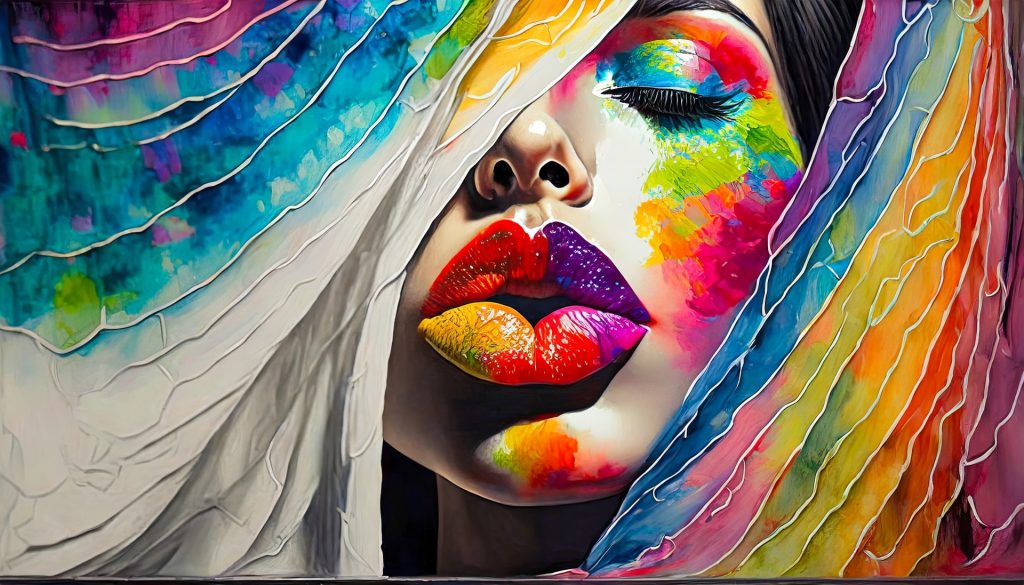
Duane Vorhees presents near-operatic musical and poetic images of sensuality as Eric Mohrman gasps out miniature vignettes of romantic tension.
Janet McCann reviews Chuck Taylor’s new collection Fever, observing not just the sensuality of the work, but the many restrictions and ‘prisons’ in which the mostly male narrators find themselves and what that says about modern masculinity and men in love.
Philip Butera uses an unfinished painting as a metaphor for a fleeting love affair, highlighting the tragedy but also the inevitability of its bittersweet ending. Taylor Dibbert’s poetic speaker once again sets off on a jet plane after a harsh divorce.
Sabrina Moore reviews Brian Barbeito’s collection Still Some Crazy Summer Wind Coming Through, drawing out themes of nostalgia, grief, and the search for meaning.
Ozodbek Narzullayev reflects on a passing school year with nostalgia and wishes to stay in touch with classmates. Sevinch Shukurova outlines various types of sentence construction. Z.I. Mahmud churns Indian and Anglo-Saxon cultural iconography together in a cauldron of speculative fiction that ends in effusive praise of Shakespeare.
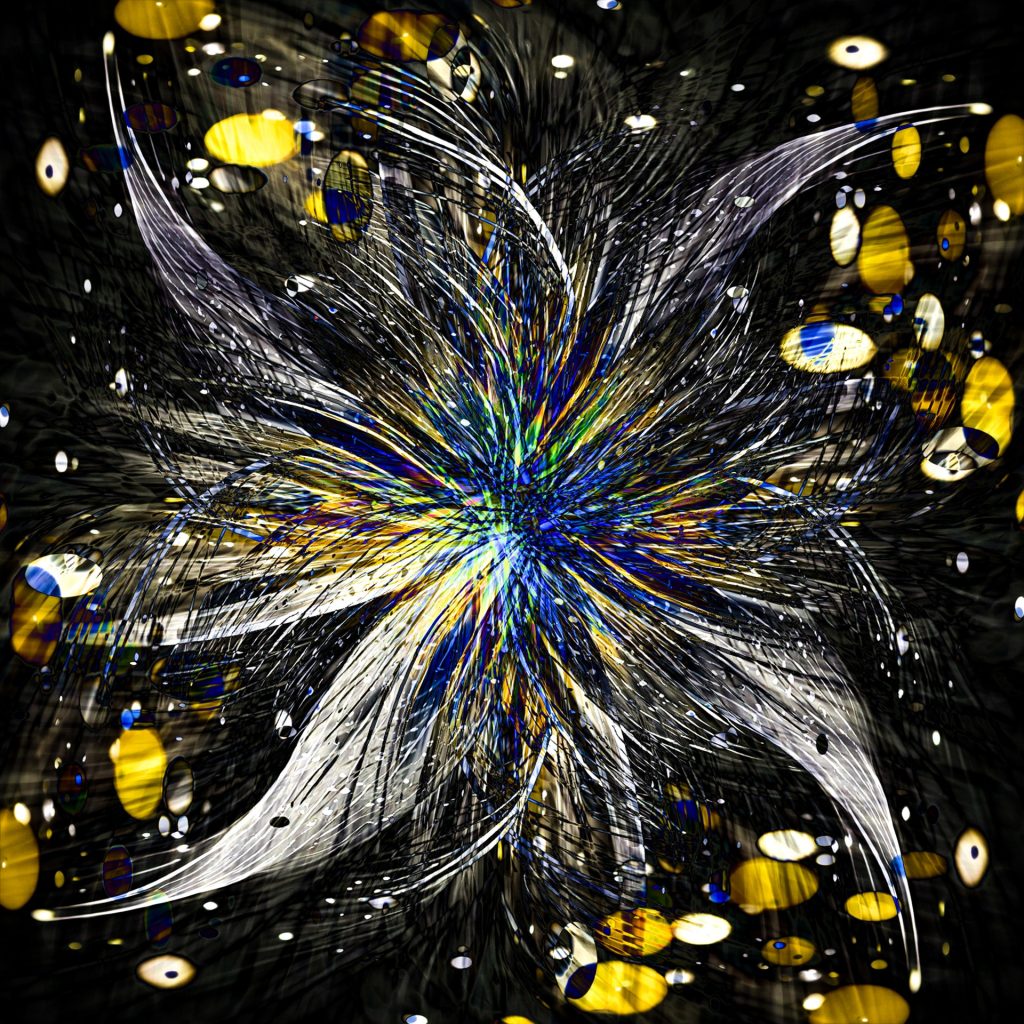
Dennis J. Bernstein and Jeffrey Spahr-Summers collaborate on artwork surrounding themes of chance and gambling. Sarang Bhand, Marjorie Pezzoli, and Christina Chin present group collections of haiku and renga, three different takes on several themes.
Maftuna Yusupboyeva celebrates the literary contributions of Karakalpak Uzbek poet Berdak and his place within Uzbek folk and working people’s culture. Marjonabonu Xushvaqtova rejoices in her love for books and reading. Aymatova Aziza celebrates the cultural treasures found within libraries.
Yolgoshova Sevinch offers her love and praise for her native Uzbekistan as she would to her parents.
Marvelous Monday expresses a cultural group’s proud resilience despite poverty and injustice. Komron Mirza laments social and moral decline around him, yet resolves that the world is not yet ending. Rasheed Olayemi Nojeem laments corruption in his country’s judicial system while Jake Cosmos Aller decries the cultural ugliness of hate and authoritarianism. Christopher Bernard highlights the difficulty of choosing among political leaders with imperfect agendas and ideas.
Faleeha Hassan’s short story highlights the strength of a couple keeping their dignity under grinding poverty. Howard Debs’ poem comments on the reality of food service and on those who see the work as a game or a photo-op.
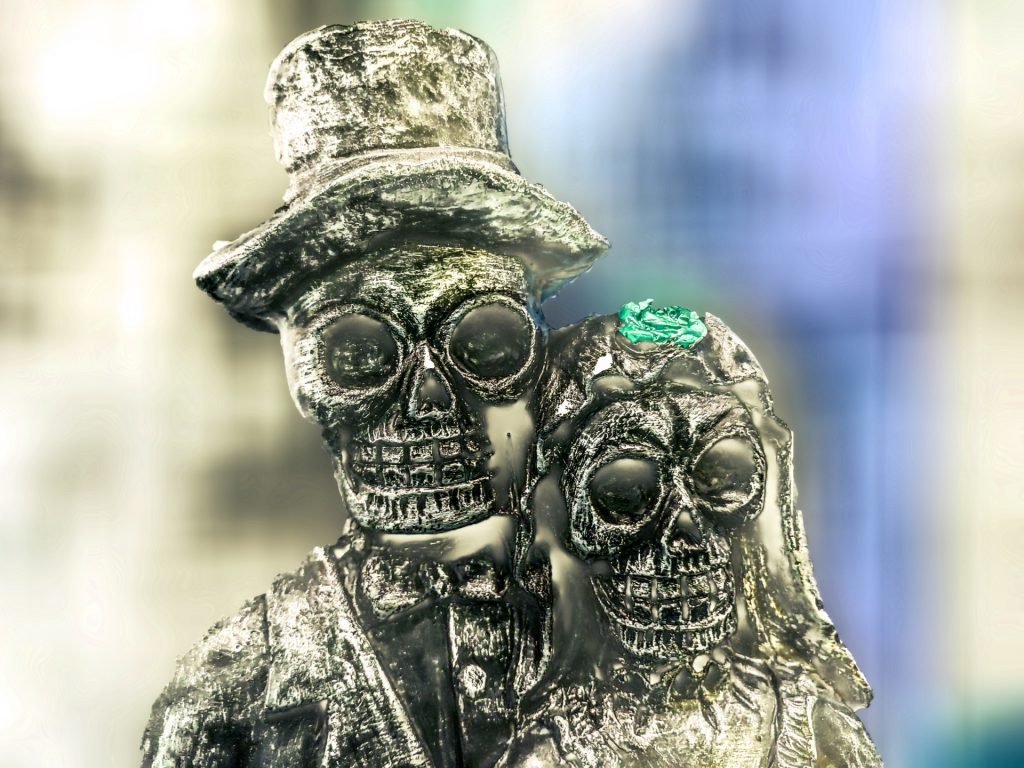
Dr. Jernail S. Anand reminds us that poets and cultural creators are as human as the rest of us, and urges people to be strong yet flexible, like water.
Doug Hawley relates his participation in a medical study on his capacity for balance. Cristina Deptula reviews Jennifer Lang’s new memoir Landed: a yogi’s memoir in pieces and poses, highlighting the quest for personal identity and space at the heart of the book.
Lilian Dipasupil Kunimasa speaks to aging and learning from life as time passes. J.J. Campbell does the same, in his gruff and hardcore manner.
Giulia Mozzati-Zacco captures the scattered thoughts of a young woman nearing her death.
Mark Young conveys moments when the surreal enters our ordinary physical world. Maurizio Brancaleoni highlights humorous moments of life surrounding Halloween/Day of the Dead.
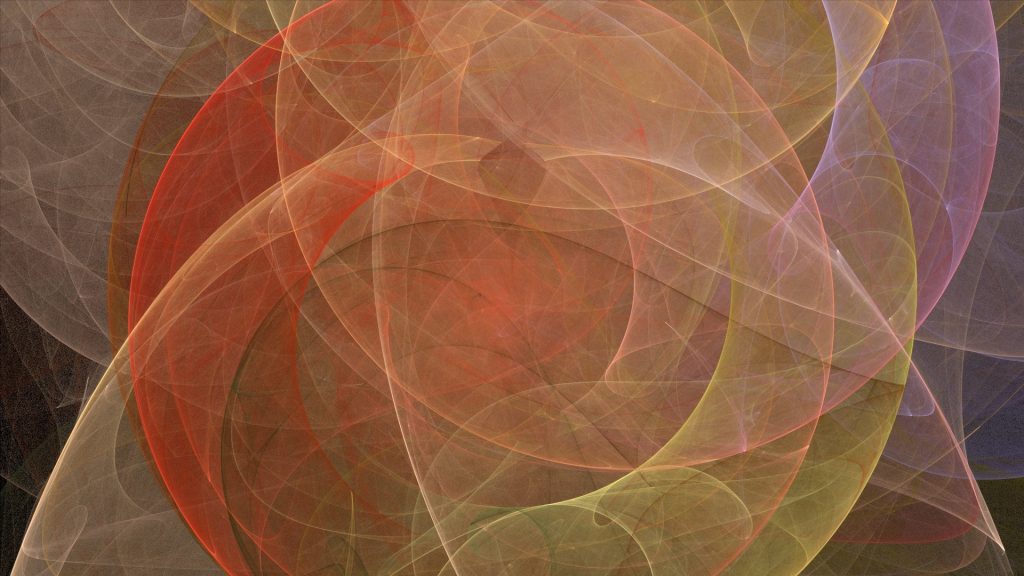
Patrick Sweeney proffers glimpses of the world and culture through sentence fragments. Texas Fontanella plays with words and syntax to craft prose. Saad Ali pairs original haiku with lesser-known historical paintings.
Later, Texas Fontanella plays with verbiage and syntax through disjointed text messages. J.D. Nelson highlights tiny bits of urban and wild life during fall. Rachel Bianca Barbeito crafts tender portraits of gentle puppies.
Turgunov Jonpolat outlines his volunteer work in climate ecology, made possible through an international educational collaboration. Muhammadjonova Farangizbegim Ma’mirjan discusses technology and gamification as ways to effectively teach the natural sciences, including ecology. Anna Keiko writes of psychological and ecological dreamtime and awakenings and the need to protect the environment.
Sayani Mukherjee recollects a languid and happy day in a small country village. Wazed Abdullah praises the steady presence of the stars. Maxliyo Axmatova reflects on the warmth, growth, and renewal brought by the sun.
Ahmad Al-Khatat speaks to the memories that live on in the minds of exiles from war, even on bright calm sunny days. Azemina Krehic reflects on the human cost of war and other violence to Bosnian women and girls.
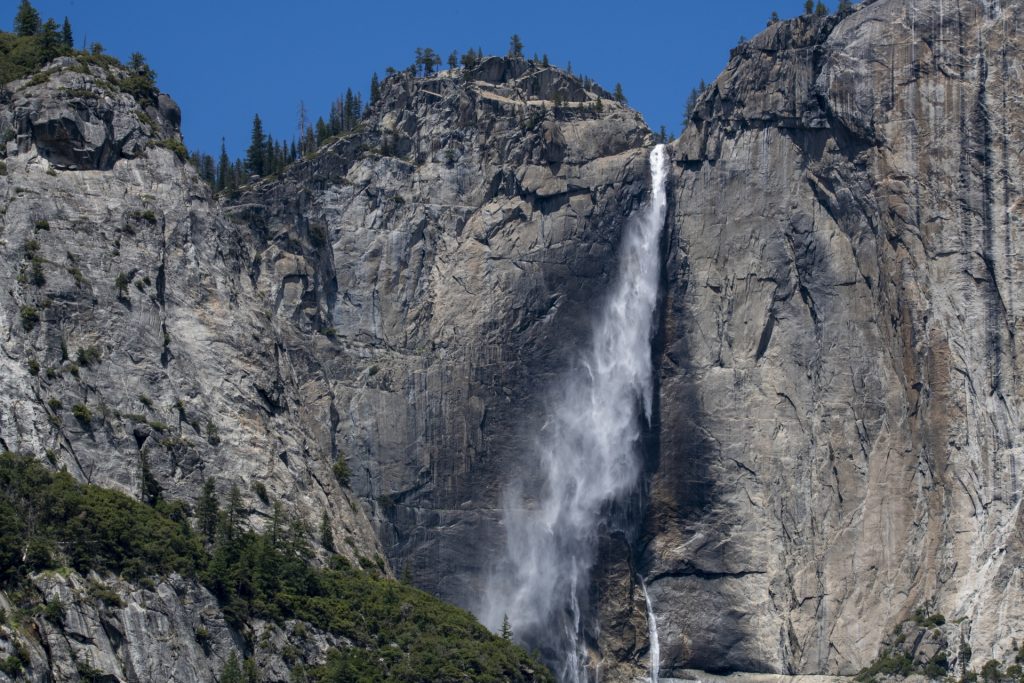
Maja Milojkovic shares her hopes for peace among the world’s nations and peoples. Eva Petropoulou Lianou speaks to our universal human desire and need for love and mercy. Mesfakus Salahin describes the spiritual and human unity made possible through universal love.
Abigail George grieves over the loss of life in Palestine. Iduoze Abdulhafiz’ prose evokes the human trauma unfolding in Gaza. Jacques Fleury reviews Duane Vorhees’ poetry collection Between Holocausts, which grapples with that vast historical trauma. Daniel De Culla laments the grotesque tragedy of war on this Day of the Dead. Alexander Kabishev evokes the gross devastation of war through a tale of the death of a zoo elephant in Leningrad. Nuraini Mohammad Usman uses onomatopoeia to render digestion into poetry while urging world peace: making dinner, not war.
Ivan Pozzoni evokes the dark history among the beauty of his home Italian island. Alan Catlin describes varying levels of grief underlying a peaceful and beautiful place. Tuyet Van Do laments the human tragedies caused by recent hurricanes in the southeastern U.S.
Anindya Paul harshly evokes the loss of innocence in his poetry. Rukhshona Toxirova outlines ways for physicians to show compassion for patients at a tender age.
Isabel Gomez de Diego crafts images of childhood: a visit to a maritime park, a family photo with a young brother, dressing up for Halloween. Kylian Cubilla Gomez presents photographic scenes of nurturance: squash cultivated in a garden, children’s toys, Russian nesting dolls.
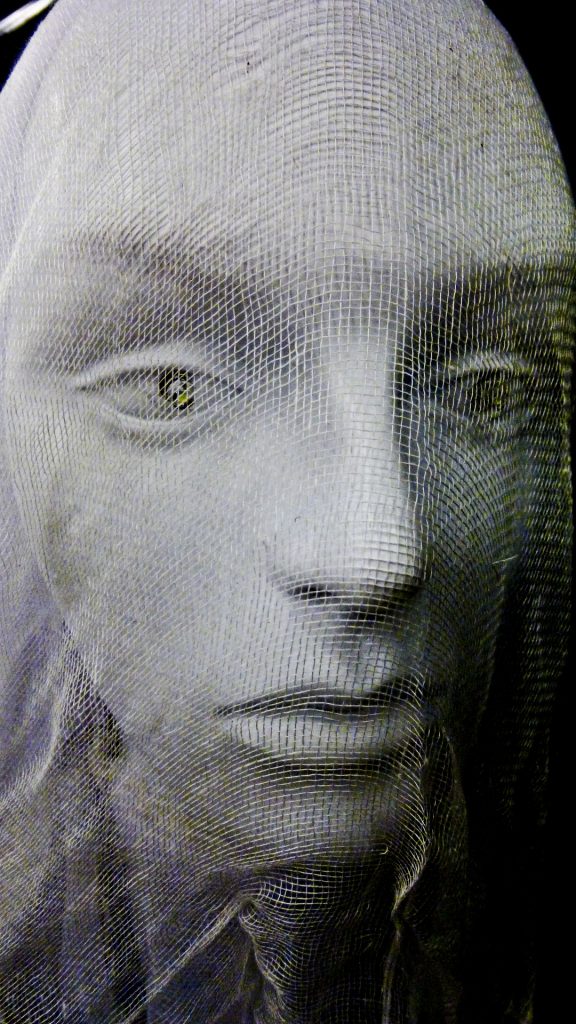
Stephen House grieves over and remembers his deceased mother. Graciela Noemi Villaverde grieves for the loss of her mother’s gentle spirit. Lan Qyqualla draws on a variety of ancient Western myths to lament the loss of his wife.
Nurullayeva Mashhura’s tragic tale of a neglected grandmother reminds us to care for our elders. Rahmiddinova Mushtariy offers praise for the nurturance and teaching of her father. Ilhomova Mohichehra comes to realize how much she values and respects her father as she grows more mature.
Michael Robinson recollects the loving fatherhood he has found from God in a piece describing his Christian salvation and personal journey from wanting to die to having a fresh new life.
Fhen M. crafts a vignette on a comfortable porch, a liminal space between the interior and exterior, inspired by change and transition.
Brian Barbeito speaks to the poetic and mystical meanings he finds embedded in each season, with wisdom in autumn and winter.
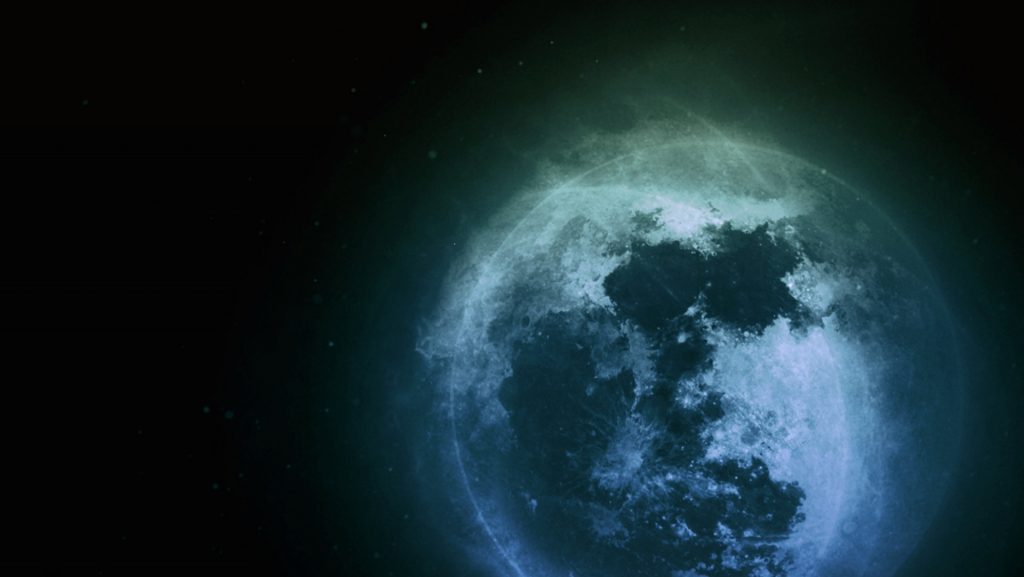
Chloe Schoenfeld captures the aftermath of a festive event, the small chaos after the elegance. Seasons change and time passes for us all, and no “mountaintop experience” can last forever.
Jacques Fleury shares wisdom from a teen dying of cancer to motivate us to live with passion and joy. Mashhura Ahmadjonova reflects on the whirlwind passage of time.
Mykyta Ryzhykh depicts a ghostly ship where all the mariners have turned skeletal, forgotten even by history. David Sapp also comments on our mortality and how others will eventually lose our memories in the swirling fog of time.
Before that happens, please take some time to savor this issue of Synchronized Chaos and honor each of the contributors by letting their voices be heard.

I happened to chance on this poetic bonanza through sheer chance …courtesy Sad Ali. Liked the content n quality